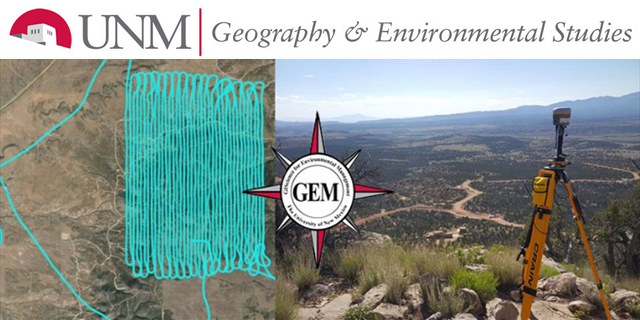
Geography ETDs
Publication Date
Summer 7-14-2022
Abstract
With backcountry winter travel increasing in popularity, the importance of accessible avalanche safety information is crucial. Widely accessible avalanche backcountry maps use slope shading to show where avalanches are likely to start. Instead of focusing on the hazard of an avalanche starting in a specific location, this project shifted the cartographic emphasis of avalanche susceptibility maps to show risk to a human traveling in the terrain. I developed a methodology to incorporate possible avalanche runouts, terrain traps, and connected slopes while reducing false certainty of the visualization. To provide a more comprehensive representation of susceptible terrain, I integrated aspect, distance to ridges, and vector ruggedness in addition to slope for start zone susceptibility using high resolution one-meter Digital Elevation Models (DEMs). Avoiding the use of discrete susceptibility categories, I applied continuous gradient shading. This proof of concept sets a new precedent for the future of backcountry avalanche susceptibility maps.
Degree Name
Geography
Department Name
Geography
Level of Degree
Masters
First Committee Member (Chair)
Yolanda Lin
Second Committee Member
Chris Lippitt
Third Committee Member
Ryan Webb
Document Type
Thesis
Language
English
Keywords
Avalanche risk, cartographic emphasis, avalanche modelling, backcountry skiing, visualizing risk
Recommended Citation
Rotche, Lindsey L.. "Human-centered Avalanche Susceptibility Mapping." (2022). https://digitalrepository.unm.edu/geog_etds/59
